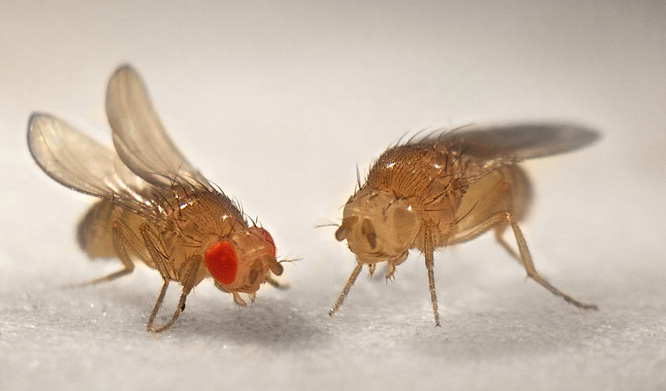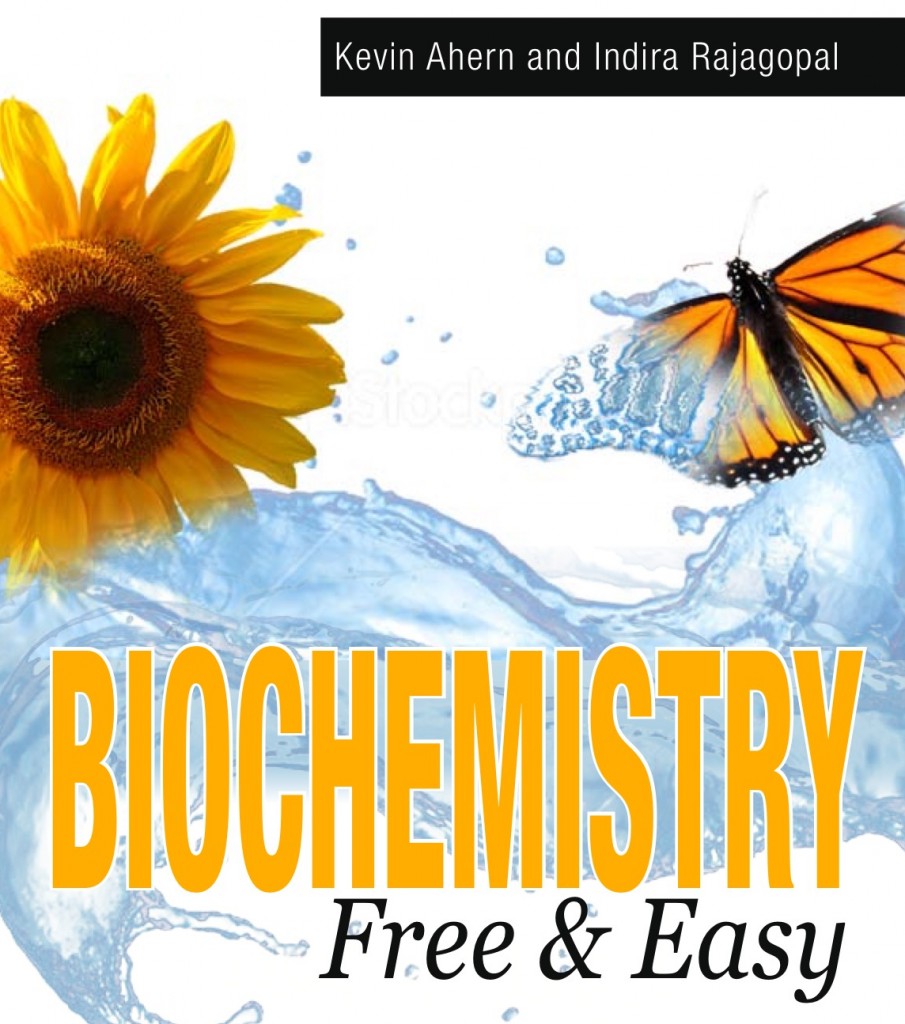Catch up on 2015’s most popular Education posts!
Undergrads power genomics research
With 1014 authors, an article by Leung et al. in the May issue of G3 has the largest author list of any paper published in the journal. More than 900 of those authors were undergraduate students when they performed the research.
Introducing undergrads to primary literature in GENETICS
What if there was a way to ease new readers into a peer-reviewed paper? In 2012, GENETICS unveiled a new type of article for introducing primary literature into the classroom: the Primer. Primers in GENETICS now come in two flavors: Research Primers, and Model Organism Primers.
Maintaining a strong Drosophila community — starting with students
Andreas Prokop argues that education, science communication, and outreach initiatives are critical tools for maintaining a robust Drosophila community that can continue its important contributions to biology and biomedical research.
The impact of Sarah Radford’s undergraduate research
Read about Sarah Radford’s experiences researching transposable elements. The Spotlight on Undergraduate Research series showcases GENETICS and G3 authors who were undergraduates when they contributed to the paper.
Creating an “Open Educational Resources” e-textbook
Kevin Ahern and Indira Rajagopal describe the process of creating an interactive e-textbook in biochemistry and offer advice to anyone contemplating e-book authorship.
DIY Public Communication Training
When three graduate students at Carnegie Mellon University found they had no access to science communication training, they started their own public communication organization, offering workshops on topics like storytelling and communicating across value systems; running improv exercises to help people tune in to their audiences’ needs; they even had mock TV hosts interview students on camera. Jesse Dunietz describes the benefits to graduate students of starting a science communication program and offers tips on how to make it work.

Founders of Public Communication for Researchers (PCR) from left to right: Jesse Dunietz, Adona Iosif, and Ardon Shorr. (Image Credit: Tim Kaulen, Carnegie Mellon University)
Career Profile: eLearning Specialist
Sonia Hall profiles Sandlin Seguin and learns how she moved from graduate student in drug discovery research to eLearning Specialist at a software company.
Collaboration is key: Faiz Kabbinavar’s undergraduate research experience
Read about Faiz Kabbinavar’s experiences researching meiosis. The Spotlight on Undergraduate Research series showcases GENETICS and G3 authors who were undergraduates when they contributed to the paper.
GSA PREP for the holidays
Ideas for educators prepping for their next course courtesy of GSA’s genetics learning framework, the GSA Peer Reviewed Education Portal, and its affiliated partners.
GSA collaborates with ASCB and ASPB on Promoting Active Learning & Mentoring Network grant
The Promoting Active Learning & Mentoring (PALM) Network provides faculty and postdoctoral scholars with resources that allow them to gain hands-on experience and long-term mentorship support to bring evidence-based, active learning strategies into their own classrooms. The longer term goal is to lead enduring change that will positively influence the teaching culture at each PALM Fellow’s institution.


































